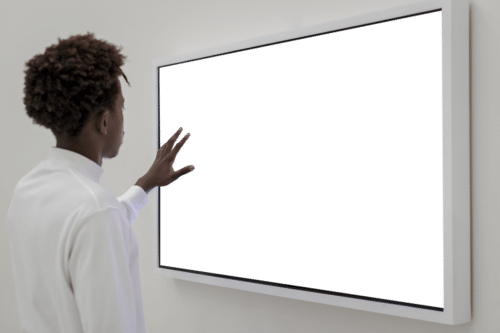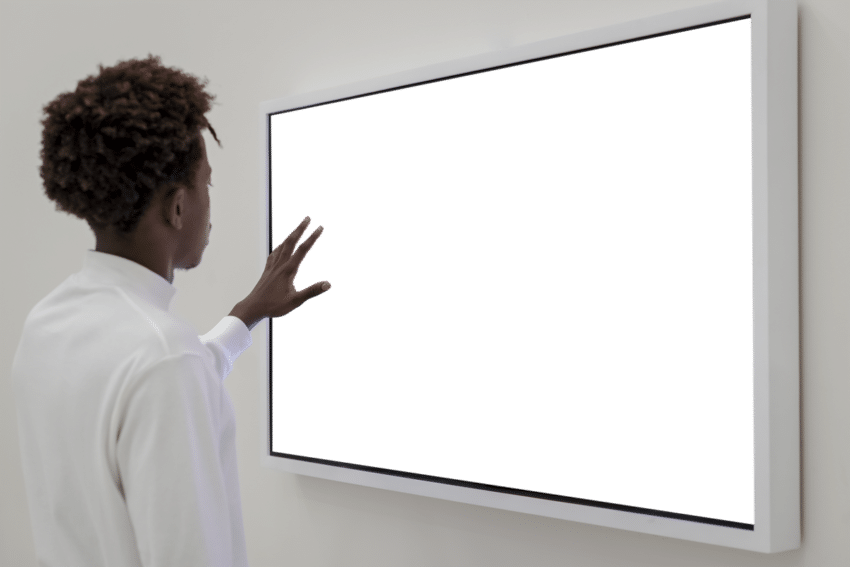There are different types of screen time and understanding this is critical for parents. It will help in being able to create a strategy for their children and family’s digital well-being plan. The reality is that all screen time is not the same.
When people refer to screen time, what typically pops into a person’s mind is time spent consuming digital content. This includes activities such as using smartphones, watching Netflix, or endless hours playing Minecraft. However, digital consumption is not all good or all bad, it is about quantity as well as quality.
There is a lot of value that can be gotten from online consumption. For example, there are several TedX talks and other content that are very helpful. In the case of my son, he has picked up Japanese from his love of watching Japanese anime; and in the case of my daughter, she has learnt some pretty good footwork.

Identifying Different Types of Screen Time
When it comes to screen time, there is passive consumption; which includes watching TV and interactive consumption which includes playing games and browsing the Internet. There’s a huge difference between an hour spent shooting in a video game and an hour spent learning vocabulary from an app or composing music online.
Passive screen time has the worst outcomes because it is passive and the consumer is not gaining much. And while this is okay in small doses; no responsible parent would let a child watch cartoons all day. On the other hand, educational screen time is linked to positive educational outcomes.
Benefits of Screen Time
Children should ideally be able to benefit when they are engaging in screen time. It can therefore be helpful for parents to think along the lines of the 4C’s when thinking about the types of screen time. These are Connection, Critical thinking, Creativity and Context.
It is important for children to have a positive connection to what they are watching, playing or reading online. For example, are they engaged are they getting into the storyline and truly learning something?
Next, you want to look out for content that deep dives into a topic, subject or skill. This could encourage critical thinking. Additionally, some simple Q & A style games could be great ways to get your child to engage and think critically about the content they are consuming.
Thirdly, when it comes to creativity, it is great when a child can be part of the creation process. Either creating his or her own online game; coding something new or expressing their creativity through a video with some great transitions. Children feel more ownership of their learning when they get to put their own spins on the experience.
Children feel more ownership of their learning when they get to put their own spins on the experience. Share on X
Lastly, giving children context when they are consuming content online; is a powerful way to ensure they are engaging with the content. It is, therefore, a great idea to be with your children (sometimes) when they are online or watching TV. Asking questions and consuming content together can make the experience so much richer. For example, there was a period when we started watching Shark Tank together as a family. This was a great way to talk about entrepreneurship, market share and business ideas overall.

Encouraging Creativity with Screen Time
Rather than simply wondering about how much time your child spends on screen, you should be asking the right questions. Parents should be thinking about how their children are maximizing creativity and learning. It is more important for parents to pay attention to what their children are using screens for; and what they are doing online.
So, instead of worrying about the device use limit alone, parents should be asking specific questions. What parents really need to be asking are; is my child learning? will these activities engage my child in artistic expression and creative thinking? Will they be able to learn and develop skills that can help them advance their future career prospects?
For example, your 10-year-old can spend hours playing a violent video game and watching inappropriate content, such as Squid Games; or instead, he or she can be researching research for a school project or playing an educational, mind-developing game. As we can see, there are certainly different types of screen time options.
Using Screens to Connect
According to a report from the London School of Economics, screen time does not lead to isolation from family and friends. It can happen, but not always. The report actually suggests that digital media can help bring families together if used and consumed in the right way. For example, parents and children can play games, use apps, or watch documentaries together.
The report also revealed that online resources make young users the most connected generation today. Digital media provides almost limitless access to information, education, and work.
WHO on Screen Time
The World Health Organization’s new recommendations are that caregivers restrict the amount of time young children stare at screens. But the guidelines are less about the risks of screen time itself; and more about recommendations around a healthy balanced lifestyle.
For example, physical activity and sleep for children under five years old are critical in creating healthy habits; during a critical developmental window. In addition to the recommendations for tummy time and active play; the WHO also spells out that children between the ages of 2 and 5; should not spend more than an hour a day plopped in front of a screen. Furthermore, the WHO strongly advises that children under 1 shouldn’t have sedentary screen time at all.
Screen time can mean a lot of things. For example, it can mean getting sucked into an endless stream of YouTube videos, watching TV and playing video games. It can also include scrolling through social media or FaceTiming with family. The reality is that physical inactivity is a leading risk factor for global mortality and a contributor to the increase in overweight and obesity.
“Improving physical activity, reducing sedentary time, and ensuring quality sleep in young children will improve their physical, mental health, and wellbeing, and help prevent childhood obesity and associated diseases later in life,” shares Dr. Fiona Bull, a program manager for surveillance and population-based prevention of noncommunicable diseases at WHO.
So there’s more to these new guidelines than just screen time, but the types of screen time as well. According, to Juana Willumsen, is a WHO advisor on childhood obesity and physical activity; screen time conversations need to include the whole lifestyle.
Cyber Security Awareness and Screen Time
October is known as the (NCSAM) National cyber security awareness month. The theme “Do Your Part. #BeCyberSmart.” The empowers individuals and organizations to own their role in protecting their part of cyberspace. If everyone does their part; by implementing stronger security practices, educating vulnerable audiences, then the digital experience will be safer and more resilient for everyone.
In addition, the European Cybersecurity Month is also in October and their theme is Think Before U Click. Unfortunately, cyber-attacks are becoming more sophisticated all the time. And the Covid-19 pandemic has led to a surge in cybercriminal activity. As a result, Cyber First Aid is one of the main themes. Here are resources to help you in the event of being hacked or other possible cybercrimes.
As we all raise digital citizens, being able to raise them to be responsible digital citizens is critical. For parents, this will require a lot of learning around the types of screen time our children are engaging in. It is therefore important to focus on the benefits of screen time consumption. I personally recommend reading books and following thought leaders; who are at the forefront of the effects of digital on children and families.
Here are some recommended books that help parents with raising digital citizens.
Read also: How to Reduce the bad effects of screen time and How to Guide Your Child’s Screen Time over the Summer


